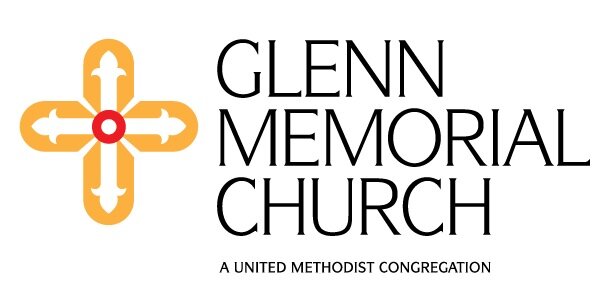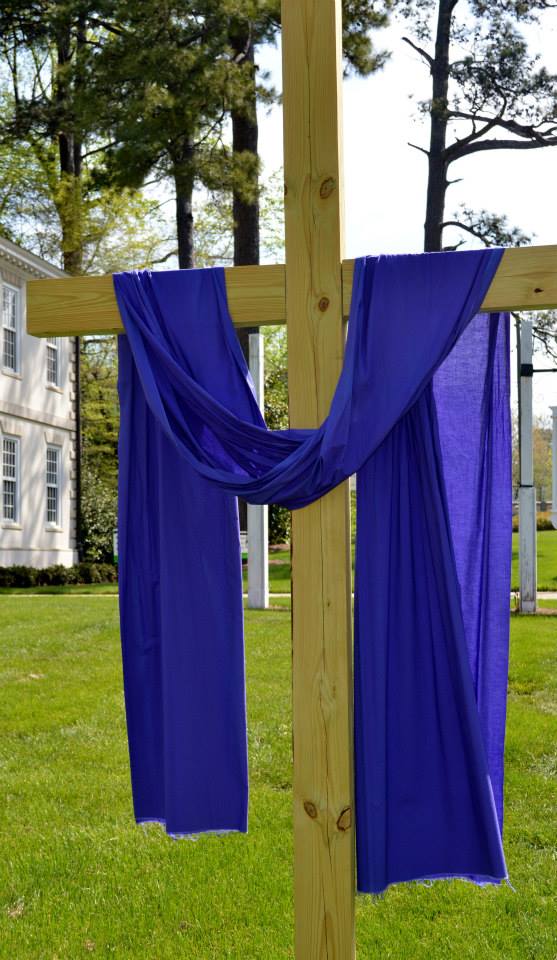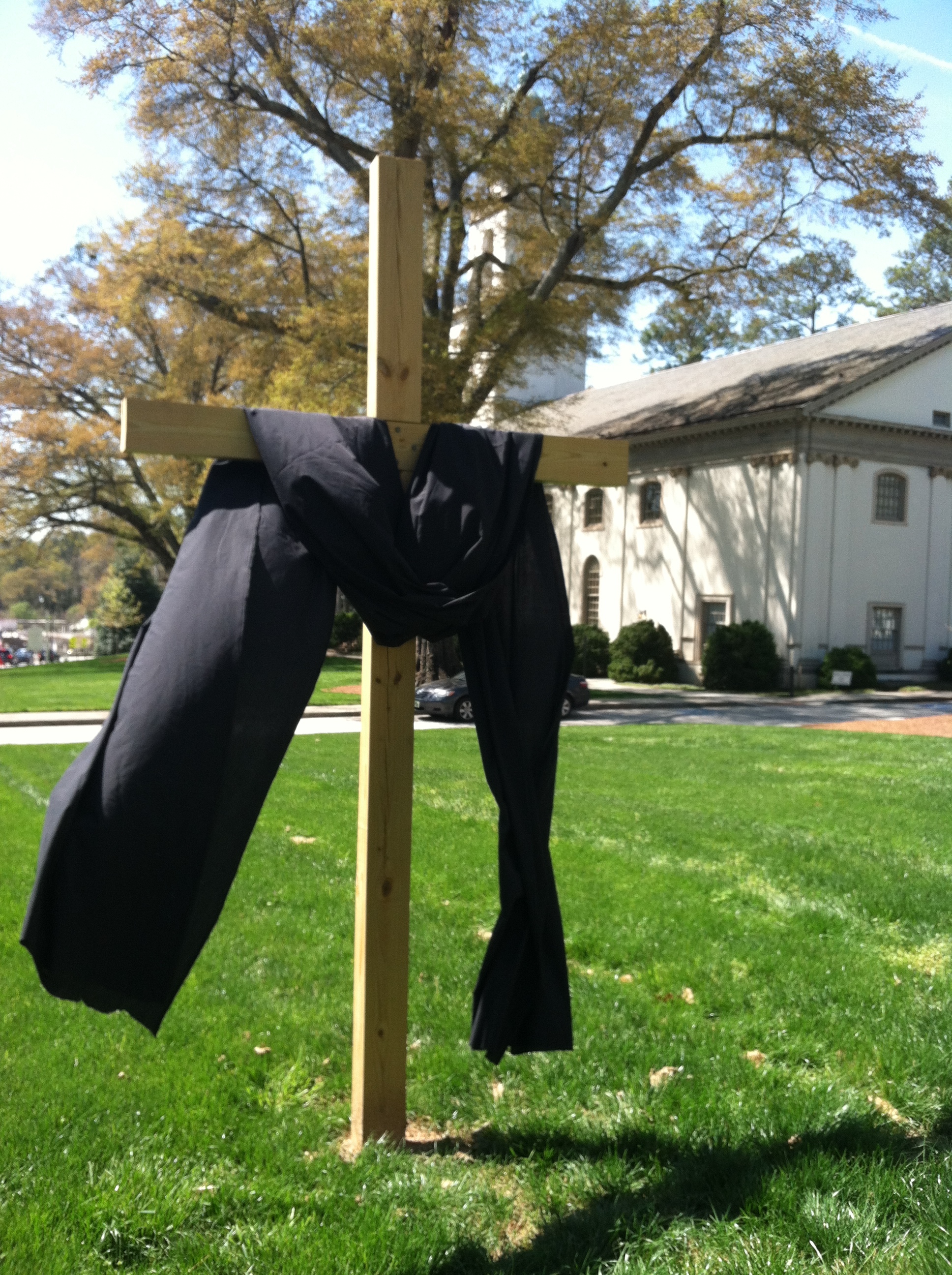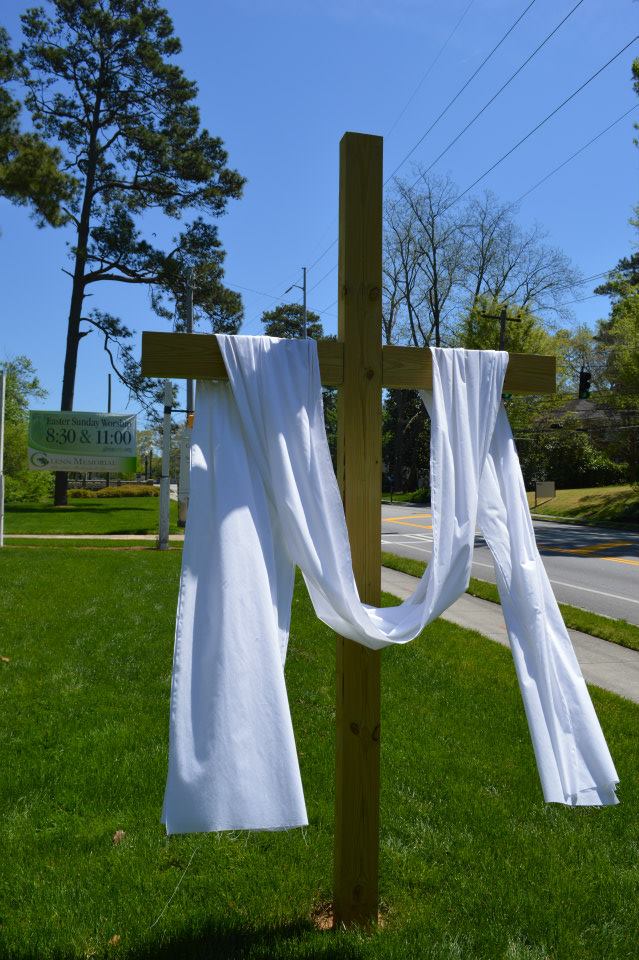I love movies. I also really love a good TV series. In fact, I occasionally comment on a dorky online movie reviewing club (mediocremovie.club if you're interested...don't judge me*). We have recently started a podcast on the 2004-2006 HBO series, Deadwood.
Deadwood is set in the 1870's before and after the annexation of Deadwood, South Dakota by the Dakota Territory. Many characters are actual historical figures while some characters, though based on actual persons are fully fictional. Character Reverend Smith is based on the person Reverend Henry Weston Smith.
Deadwood's Rev. Smith cares for the sick, is kind and fair. Despite the overall wavering morality of the town, Rev. Smith is neither judgmental nor proselytizing. Over the course of season 1, Smith begins to suffer from a brain tumor. His mental and physical capabilities begin to collapse. He endures seizures, hallucinations, headaches, memory loss and eventually some loss of vision and use of limbs.
The final episode of Season 1, "Sold Under Sin," depicts Doc Cochran, the camp's only doctor kneeling in prayer. The camera moves slowly around Doc, ensuring that the viewer feels uncomfortable; the audience is spying on this most vulnerable moment. Doc begins the prayer by mentioning that if he was a regular petitioner this position might not cause him such pain or discomfort.
In weeping whispers he begins, "Jesus Christ. Jesus Christ. Just please, God. Take that minister."
Then, full of loathing, his fists and face raised to God in rage he asks, "What conceivable Godly use is his protracted suffering to you?"
Have you been here?
I think what makes this scene so incredible (other than his amazing acting), is its relatability. When faced with human suffering, what do so many do? Even if not “regular petitioners” we find ourselves on our knees crying out to God. With raw, unhinged anger, we question God: “Why?” or “Of what use?”
Juxtaposed with this intense sorrow, Doc Cochran also fixes a leg brace to ease and aid the movement of Jewel, a disabled cleaning woman and cook. Enabled by this new brace, the finale ends with the Doctor and Jewel dancing together.
Life is not often wrapped with a pretty bow. Real life is broken, unpredictable, and painful. Yet, amidst our questions and hurt, there are beautiful moments of pure joy and goodness, too.
Whether your prayers are praise and thanksgiving or laments and curses, we as the Glenn Church family are here with one another in each of our faith journeys.
Here are some of our available prayer ministries:
United Methodist Women's Prayer shawl ministry
Luther Lewis’ prayer meetings and monthly prayer guides
Blair
*note that this site contains adult content and is best suited for mature audiences.




































